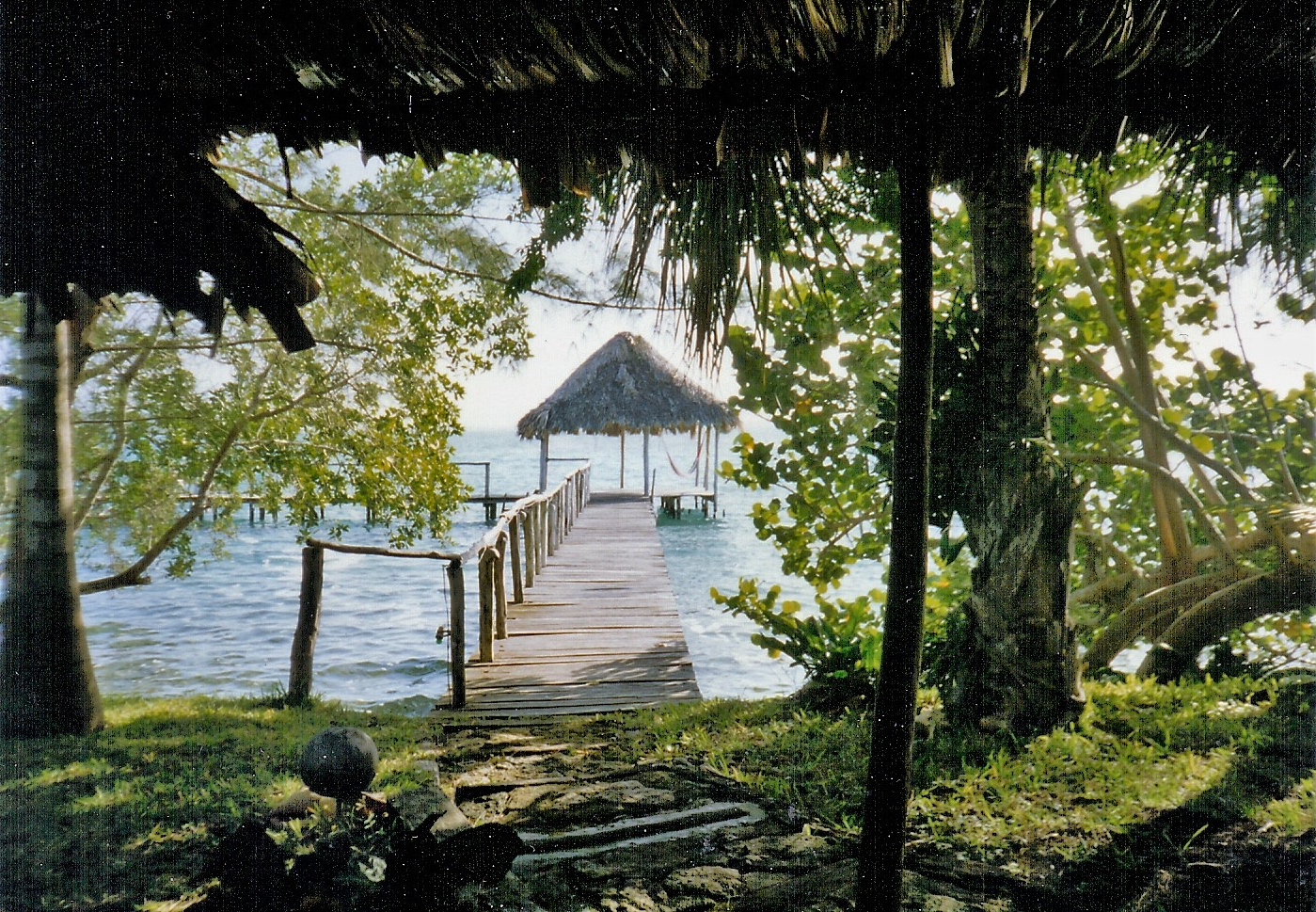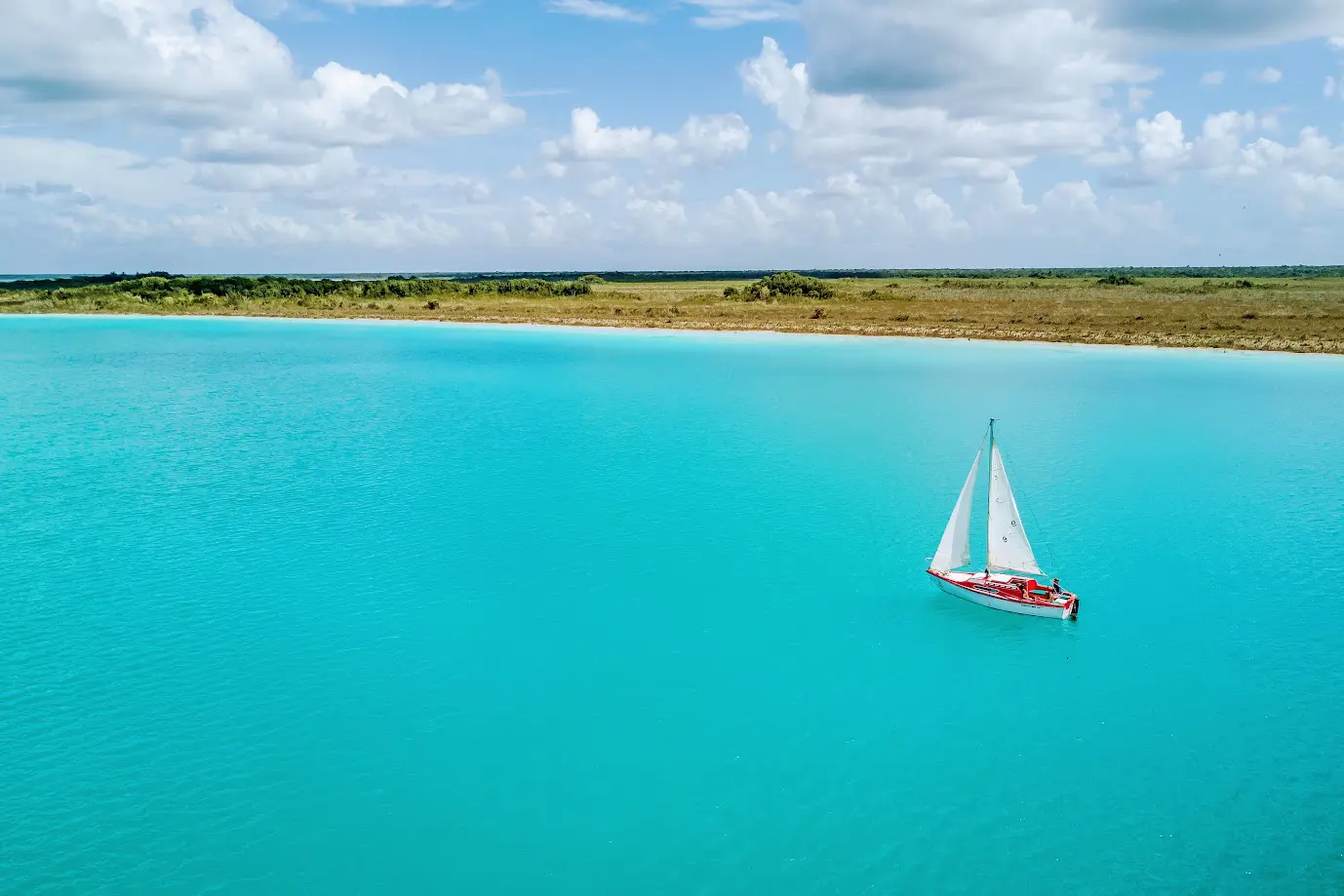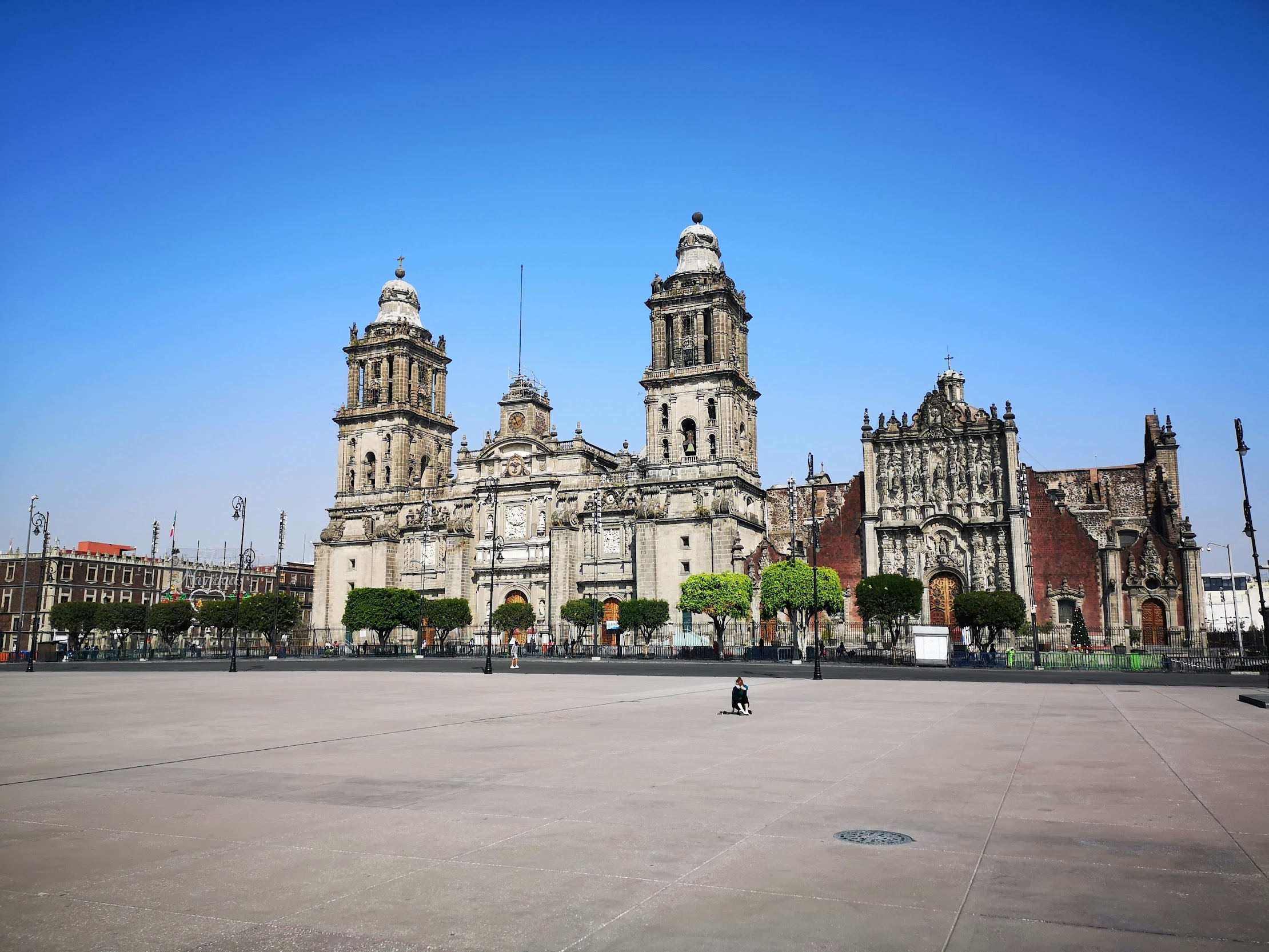Lacandon Jungle Mexico: Everything You Need to Know to Travel




Tailor made for you.
Do you know which is the largest jungle in Mexico?
First of all, the Lacandon Jungle is the largest, extending through Mexico, Belize, and northern Guatemala, covering fourteen million hectares, making it the most extensive tropical forest in the Americas. It is a refuge for unique and endangered species, especially the Mayan communities who still preserve their roots.
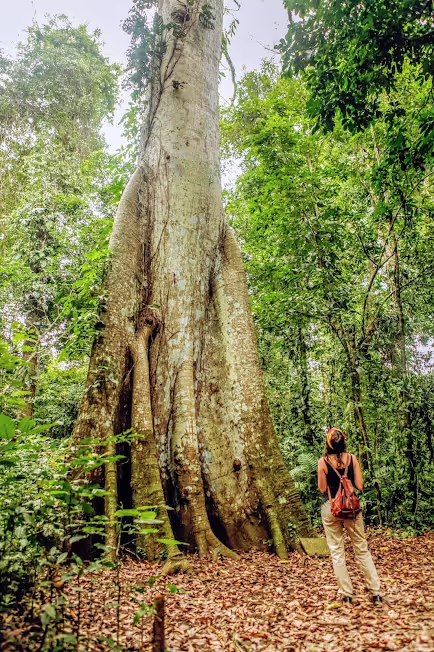
What is the Lacandon Jungle?
The Lacandon Jungle in Mexico is the area with the greatest biodiversity in our country, as ten percent of the species that inhabit the Mexican Republic are concentrated there, including 3,400 plant species, 625 butterfly species, 345 bird species, and 84 reptiles. It was included in the UNESCO World Network of Biosphere Reserves in 2010.

The Lacandon Jungle is a tropical region located in the southeast of the Mexican Republic in the state of Chiapas. This green area characterizes the region, making it a unique place. Along the banks of the Lacantún River is a community of Lacandon people.
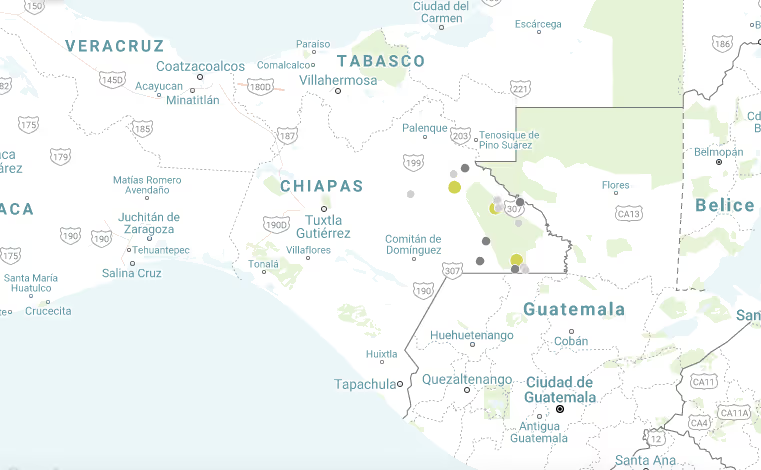
Geographical area
The Lacandon Jungle covers an area of approximately 1.8 million hectares, mostly located in the mountains of eastern Chiapas, representing 3.8 percent of Mexico's total surface area.
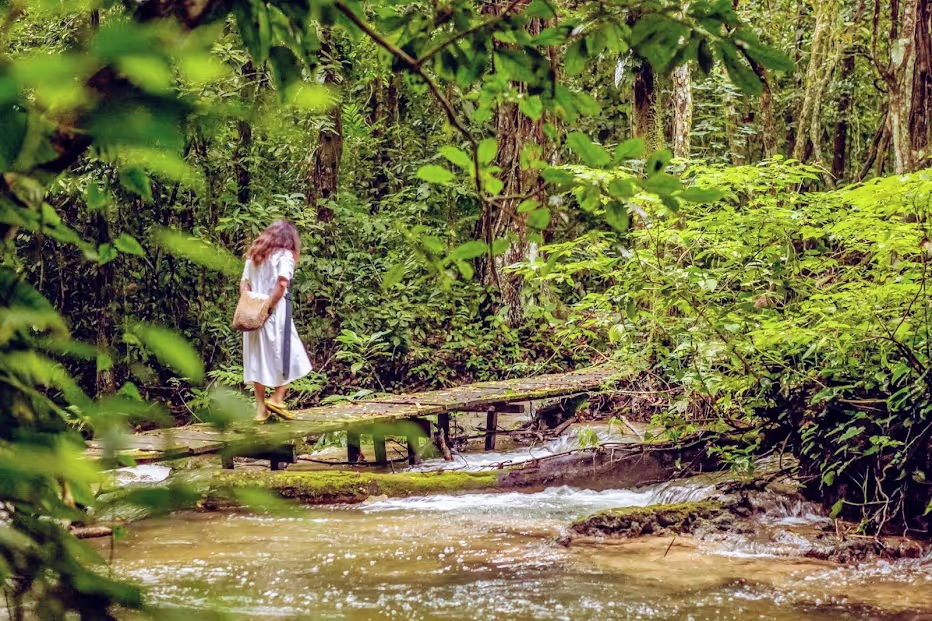
How to get there?
It all depends on the place you want to visit. The most convenient option for any kind of trip is to arrive at the capital of Chiapas, which is Tuxtla Gutiérrez. From there, you can rent a car, take tours, or use public transportation. However, for safety reasons, we recommend taking a tour because the road is unpaved and the route passes through the border highway, allowing you to enjoy the views.

Who lives in the Lacandon Jungle?
The Lacandon people are an indigenous group considered the protectors of the Chiapas jungle, preserving the traditions and religion of their ancestors. Although they have modernized over the years, they still maintain a wild side and primarily engage in agriculture, hunting, and tourism.
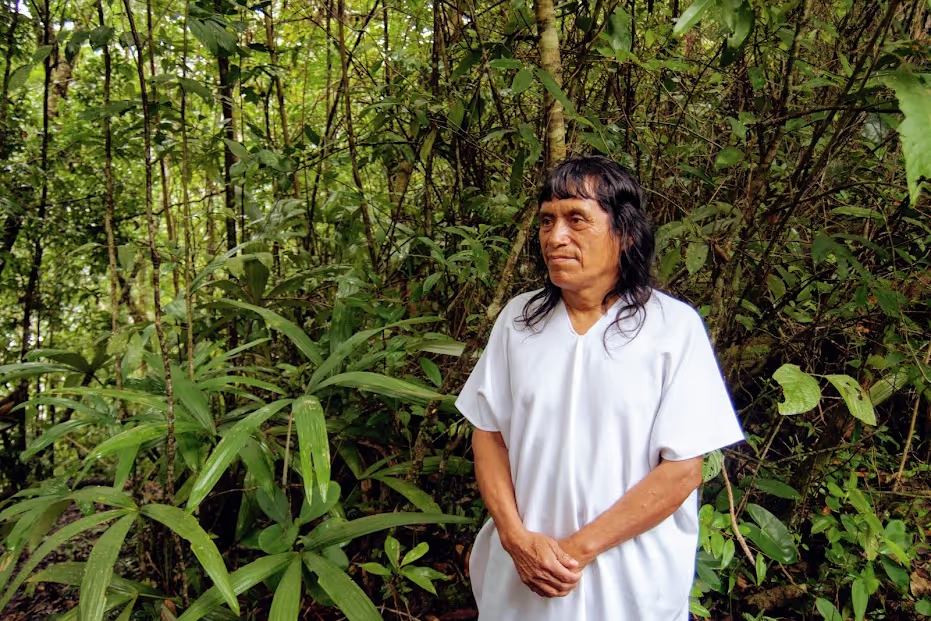
Climate throughout the year
It is very hot all year round in the Lacandon Jungle. From November to February, temperatures are not as high, making these the best months to visit. From June to October, rains are usual, so it is better to avoid this season. During holidays or Easter, these tend to be busy seasons full of tourists, so if you don’t like crowds, you should avoid these dates.
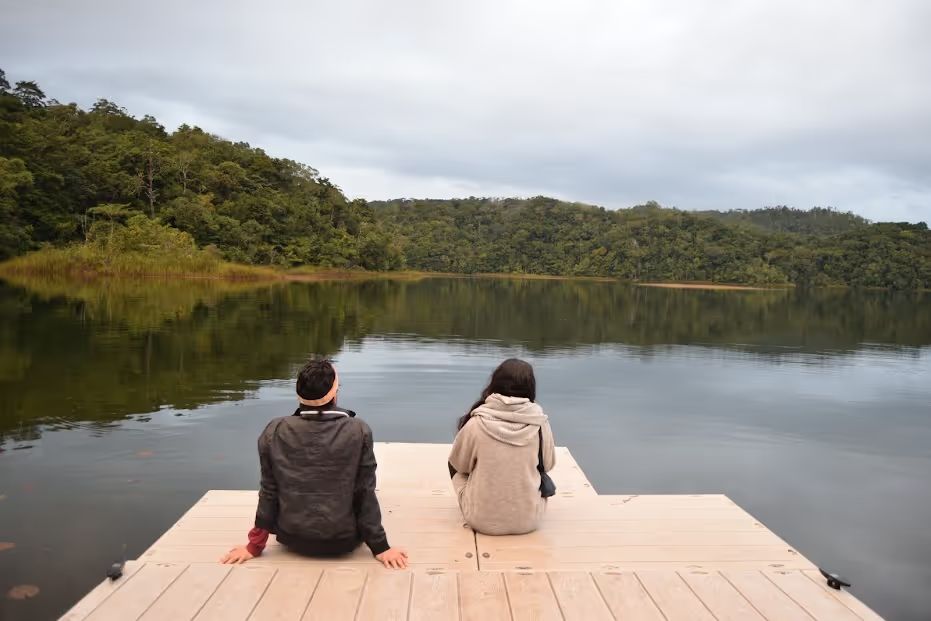
Fauna inhabiting it
There are many animals that inhabit this place, totaling more than 5,000 species, including:
- Jaguar: a species that is endangered, with this region considered their home.
- Red macaw: a species with colorful and striking plumage.
- Ocelots: a species similar to jaguars, considered one of the small wild cats with varied fur marked by elongated black spots.
- Spider monkey: has dark fur with brownish or beige tones or is completely black.
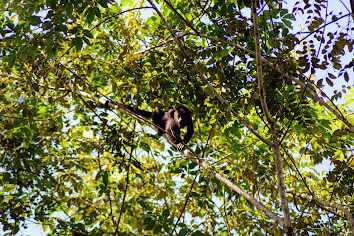
Next, we will tell you everything you need to know about the activities you can do when traveling to the Lacandon Jungle with Rutopía. Request your trip here
What can you see or do?
At the Tres Lagunas Ecotourism Center
We recommend enjoying the jungle camping under the moonlight, either camping on the banks of the Lacanjá River or at the ecotourism center, or if you prefer, you can stay in the cabins.
At this camp, you can enjoy activities such as capturing the wonders of this jungle in photographs that you can always remember when you see them.
Besides these activities, you can enjoy the flora and fauna, understand the importance of conserving them by learning about tree seeds and planting them in reforested areas, paddle through the lagoons by canoe, have a night campfire with storytelling by the Lacandon people, and enjoy the food.

At Topché Jungle Lodge
You will walk through the heart of the Lacandon Jungle along the river. Together we will enjoy nature over about 4 hours: 2 hours downstream on the Lacanjá River and a jungle hike. We will also explain the Mayan ruins of Lacanjá and the Bat Pool.
You will get to know a place preserved for decades by the community, learn about the use of medicinal and edible plants, explore together the ruins of Lacanjá, a lost Mayan city, and the Bat Pool where you can take a dip and enjoy nature.
You will have the opportunity to take a workshop where you can make necklaces and bracelets with amber, which you can keep as a souvenir made by your own hands.
You will walk around the Bat Pool, where you can observe animal specimens, birds, and reptiles. The Bat Pool is a space where you can swim.
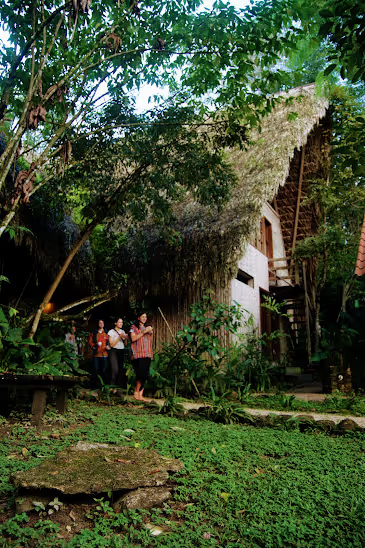
Kuxren
Explore, discover, and understand the meaning of nature, its culture, and the connection that binds us to it. Whether camping or staying in cabins, you can enjoy outdoor activities such as hiking, observing nature and animals.
Socialize, learn about environmental awareness, and enjoy crocodile safaris.

Naha Jungle Lodge
We mingle with people who will tell you about the culture, milpa, and the importance of the jungle to the Lacandon people. They will also show you the process of making corn tortillas, and you will taste delicious food.
You will take a tour of Lake Nahá and Amarillo, where you will feel the tranquility, aromas, and sounds of nature. You will be accompanied by a Lacandon person who will share information about the different species in the boat. You will navigate to Lake Amarillo and, with a bit of luck, see some turtles and baby crocodiles. The tour lasts two and a half hours.
You will experience one of the ancestral rituals of the Hach Winik culture ("Lacandon Maya" in the native language).
This workshop is held with a Lacandon man. You will work with the necessary tools for this experience, which consists of creating bows and arrows like the ancient Lacandon did for hunting and fishing.
The activity can be done with family or individually. After building the bows and arrows, you will practice shooting to develop your skill.
In the workshop, you will be shown the technique for making clay, and you will also have the chance to mold your own figures.
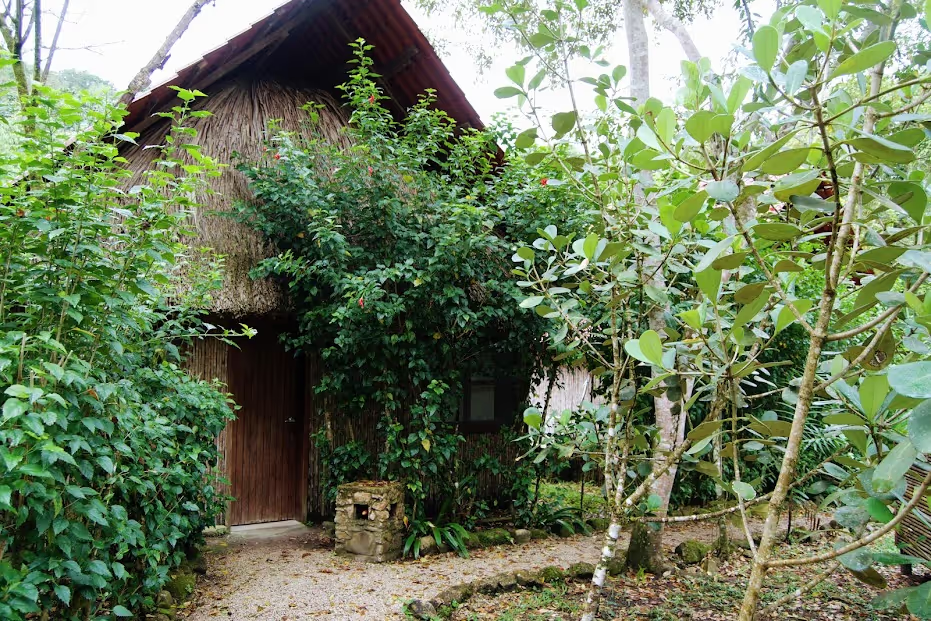
Song of the Jungle
You will visit a hot spring source that flows into a stream where pleasantly warm pools form, where you can rest by the brook or swim.
The Manzanares Stream is one of the most important in the area, having a permanent flow.
You will walk an elevated circuit over 20 meters high among trees and across bridges, giving you the opportunity to appreciate the jungle from a different perspective. You may see the treetops and, if lucky, fauna such as the spider monkey, howler monkey, or various birds.

Lacandon Camp
You will be able to practice interpretive hiking where, besides walking and enjoying the environment, you get to know and discover what you are observing. At Las Golondrinas, you can live an adventure among lush vegetation, birds, and waterfall views.
You can visit the Yaxchilan archaeological zone, which is an example of the height of Mayan cities, not only in the architectural beauty.
Bonampak did not achieve great development in its architecture, like the rest of the Mayan archaeological sites in the Middle Usumacinta region, but it stood out in other areas, such as the excellent execution of stone lintels, stelae, and finely crafted monuments.
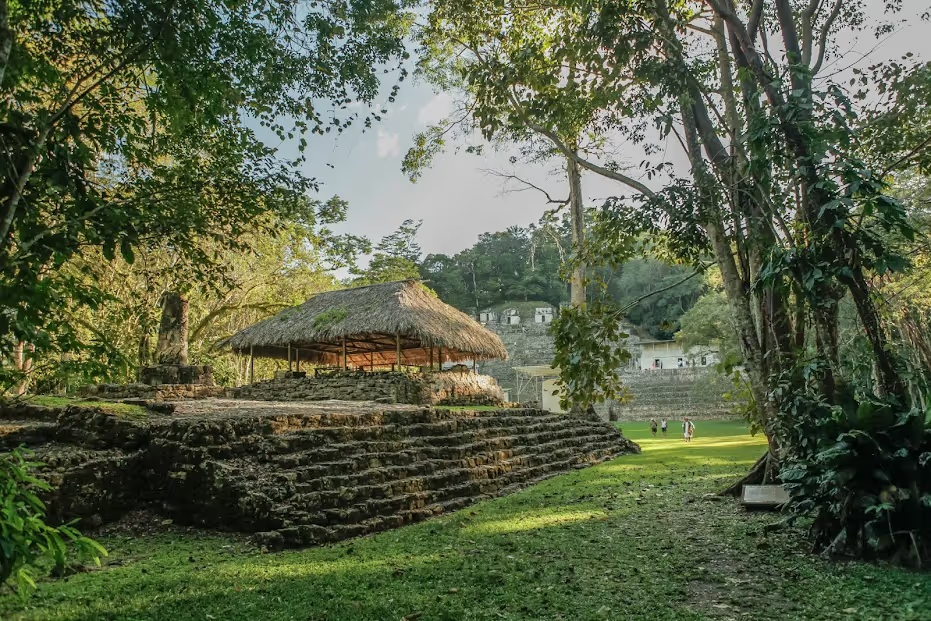
At Rutopía, we will be happy to take you to the places you want to know, so if you want to request another type of trip, here is the link Request your trip here and the ecotourism map so you can see the places we can take you.
journey




